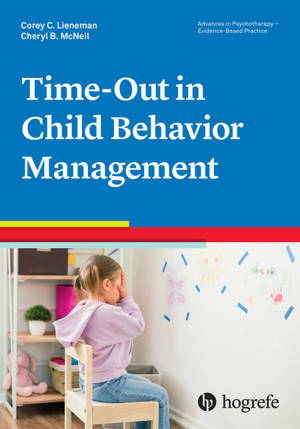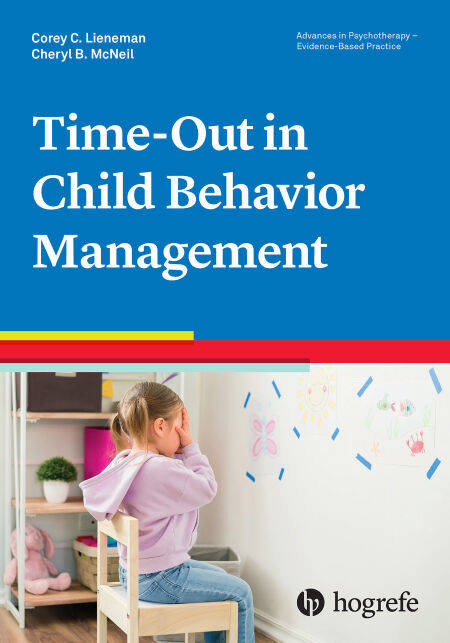
- Afhalen na 1 uur in een winkel met voorraad
- Gratis thuislevering in België vanaf € 30
- Ruim aanbod met 7 miljoen producten
- Afhalen na 1 uur in een winkel met voorraad
- Gratis thuislevering in België vanaf € 30
- Ruim aanbod met 7 miljoen producten
Zoeken
€ 21,99
+ 21 punten
Omschrijving
Practical, evidence-based guide to using time-out safely and effectively Written by leading experts Highlights applied research Reviews parent training programs Details parent–child interaction therapy Addresses controversial issues Includes downloadable tools This book is essential reading for psychologists, therapists, students, and anyone who works with children and their families. It is a compact, comprehensive guide to understanding, administering, and teaching caregivers to implement time-out effectively for child behavior management. Readers will learn about time-out's history and scientific research base, particularly with respect to child age, cultural groups, and presenting concerns. Practitioners will appreciate the focus on applied research highlighting the efficacy of specific time-out parameters, such as duration, location, and handling escape. Overviews of behavioral parent training programs that include time-out are also provided. The authors then share their expertise in the use of time-out in parent–child interaction therapy (PCIT), both conceptually and by using an in-depth case study. They also thoroughly examine controversial issues related to time-out, from theoretical and practical standpoints. The appendix provides the clinician with hands-on tools: step-by-step diagrams for administering time-out and managing escape, handouts for parents about issuing effective instructions, and a list of further resources.
Specificaties
Betrokkenen
- Auteur(s):
- Uitgeverij:
Inhoud
- Aantal bladzijden:
- 114
- Taal:
- Engels
- Reeks:
Eigenschappen
- Productcode (EAN):
- 9781613345092
- Verschijningsdatum:
- 31/12/2022
- Uitvoering:
- E-book
- Beveiligd met:
- Digital watermarking
- Formaat:
- ePub

Alleen bij Standaard Boekhandel
+ 21 punten op je klantenkaart van Standaard Boekhandel
Beoordelingen
We publiceren alleen reviews die voldoen aan de voorwaarden voor reviews. Bekijk onze voorwaarden voor reviews.








